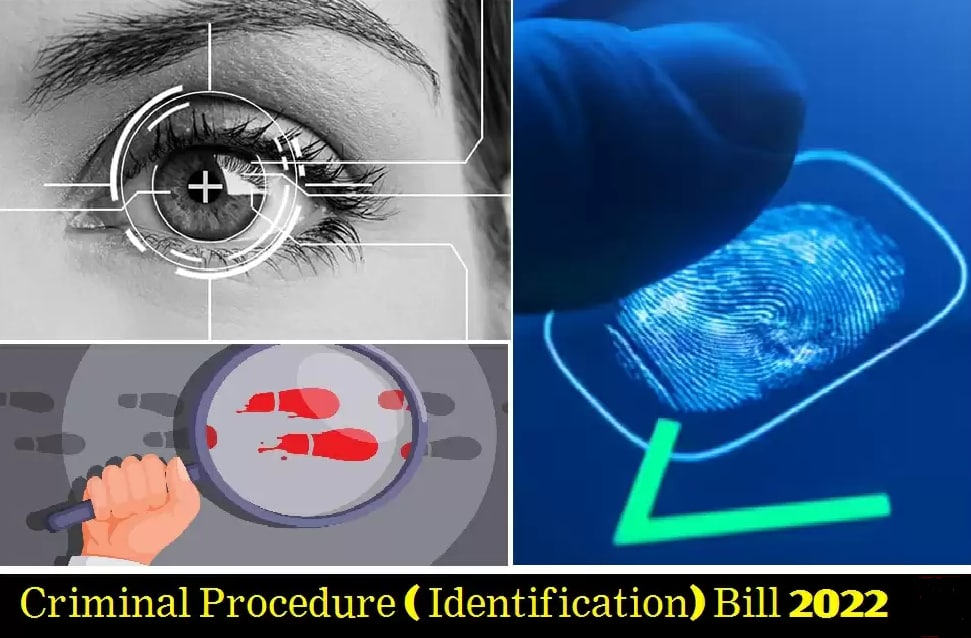Free Courses Sale ends Soon, Get It Now


Free Courses Sale ends Soon, Get It Now



Copyright infringement is not intended
Context: The Lok Sabha on 4th April passed the Criminal Procedure (Identification) Bill, 2022.
Details
Key Features of the Bill :
Implementing body
Arguments in favour of the Bill
Arguments against the Bill
Criminal Justice System in India
Why reform the Indian Criminal Justice System?
Steps were taken by the government to reform the system
© 2024 iasgyan. All right reserved